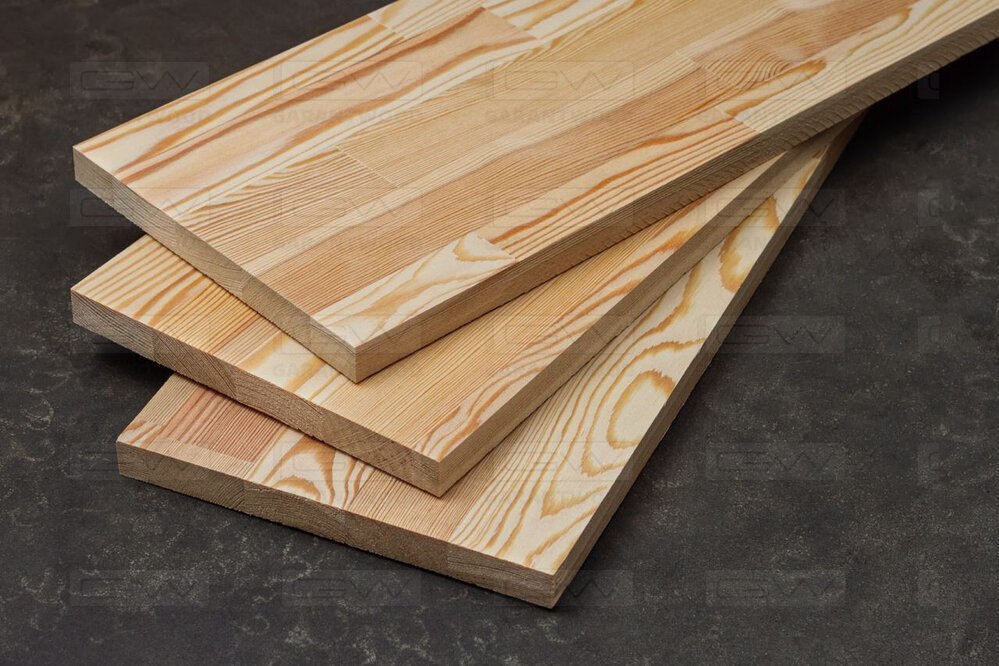5 Innovative Ways To Use Lightweight Plywood In Interior Design

Overview
In recent years, lightweight plywood has gained significant popularity in the field of interior design. This versatile material offers a range of benefits, from its affordability to ease of use.
This blog post will explore five innovative ways to incorporate lightweight wood sheets into your interior design projects.
Way #1: Plywood Accent Walls
One of lightweight plywood’s most visually striking applications is creating accent walls. Plywood accent walls add texture, warmth, and character to any space. Whether you want to add a rustic touch to a living room or create a modern backdrop for a bedroom, plywood accent walls are a perfect choice.
To create a plywood accent wall, start by selecting the type and finish of plywood that best suits your design vision. You can choose from various grades and types of plywood, ranging from birch to oak. Once you have your plywood, cut it into panels and attach them to the wall using adhesive or screws. The result is a stunning feature wall instantly transforming the room’s ambience.
Examples of incorporating plywood accent walls can be seen in various spaces. In a living room, a plywood accent wall can be used to showcase a fireplace or artwork gallery. In a bedroom, it can serve as a headboard or a backdrop for a statement bed. The possibilities are endless, and plywood accent walls offer infinite design opportunities.

Way #2: Plywood Furniture
Plywood is an excellent choice for creating furniture due to its versatility and affordability. From chairs to tables, cabinets to shelves, lightweight wood sheets can be shaped and moulded into various furniture designs. Its strength and durability make it ideal for furniture that needs to withstand regular use.
One famous example of plywood furniture is the iconic Eames Lounge Chair, designed by Charles and Ray Eames. This chair showcases the elegance and comfort that can be achieved with plywood. Plywood furniture pieces often feature sleek lines, minimalist designs, and a natural aesthetic that complements various interior styles.
Additionally, wood sheets can also be used to create custom furniture pieces. Designers and homeowners can experiment with different shapes, sizes, and finishes to create unique, personalised furniture solutions. Using lightweight plywood, you can achieve high-quality furniture without breaking the bank.
Way #3: Plywood Ceiling Panels
Traditional ceiling materials such as plasterboard or drywall can be replaced with lightweight plywood to create a unique and visually appealing ceiling. Plywood ceiling panels offer a warm and inviting look, bringing a touch of nature indoors. Additionally, plywood is more cost-effective and easier to install than ceiling materials.
When using plywood for ceiling panels, consider the finish and pattern that best complements your space. You can leave the plywood natural, stain it for a richer tone, or even paint it to match your interior colour scheme. By incorporating ceiling panels made of plywood, you can add depth and texture to the room while maintaining a cohesive design.
Creative ways to incorporate plywood ceiling panels can be found in various interiors. In a contemporary kitchen, a plywood ceiling can add a rustic touch, creating a warm and inviting atmosphere. A plywood ceiling with exposed beams in a modern living room can add architectural interest and create a unique focal point.
Way #4: Plywood Room Dividers
Plywood is an excellent material for creating functional and stylish room dividers. Whether you want to separate an ample open space or create privacy in a smaller room, plywood room dividers offer a practical and aesthetically pleasing solution.
There are two main approaches to designing plywood room dividers: custom-made or modular. Custom-made room dividers allow for complete flexibility in design and can be tailored to specific spatial requirements. On the other hand, modular room dividers offer a more versatile and portable option, allowing you to rearrange and reconfigure your space as needed.
Consider incorporating additional features such as shelving or display areas when designing plywood room dividers. This not only enhances the functionality of the dividers but also adds visual interest to the room. Using lightweight plywood, room dividers can be easily installed and offer a cost-effective solution for dividing spaces.
Way #5: Plywood Shelving Systems
Plywood shelving systems offer both practicality and aesthetic appeal. Whether you need storage in a home office, a display area in a living room, or a stylish solution for a retail space, lightweight plywood can be used to create unique and functional shelving systems.
One advantage of using plywood for shelving is its versatility in design. Plywood can be cut into various shapes and sizes, allowing you to create customised shelving units that fit your specific needs. Additionally, plywood can be left natural or finished with stains or paints to match your interior style.
Innovative examples and DIY ideas for creating plywood shelving systems can be found online or through design inspiration platforms. From open shelving to modular units, plywood shelving offers endless possibilities for organising and displaying items while adding a touch of modernity to your space.
Conclusion
Incorporating lightweight plywood into your interior design projects opens up possibilities. From accent walls to furniture, ceiling panels to room dividers, and shelving systems, plywood offers an affordable and versatile solution.
By exploring these five innovative ways to use lightweight wood sheets in interior design, you can add warmth, character, and functionality to any space. Whether you prefer a rustic, modern, or minimalist aesthetic, plywood can be customised to suit your vision.
Related Posts

Top 10 Benefits of Implementing Digital Signage in Your Business

Choosing the Best Knee Braces: A Comprehensive Guide

